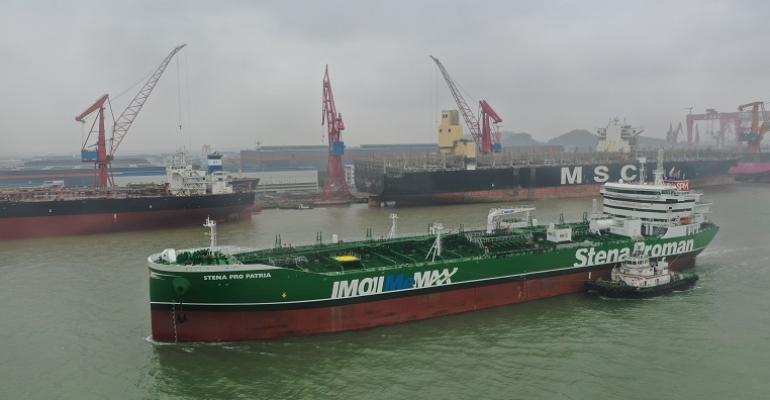Containerships lead the methanol league table, with no fewer than 104 vessels on order.
However, although the fuel is widely available, it is mostly either brown (produced using coal), grey (natural gas), or blue (carbon capture). Significant investments in green methanol production are needed, the classification society said.
LNG still leads the alternative fuel rankings by a significant margin, with 411 ships currently in operation, excluding LNG carriers, and a further 526 on order. LNG-fuelled ships are now trading globally and the supply network is growing, with close to 80 new supply points either under discussion or decided, but not yet in operation.
Ships with scrubbers either in operation or on order will total 5,132 on current figures. However, more ships are likely to be ordered over the balance of this year and through 2024 to increase this figure.
Meanwhile, DNV has teamed up with the Maritime Battery Forum for latest data on battery installations. There are 1,014 ships with batteries either in operation or on order, the vast majority in Europe, according to AIS position data. Car and passenger ferries head the leader board.
Geographically, 34% of battery applications are in Norway, with a further 29% elsewhere in Europe. Asia accounts for 13%, the US 6%, with the rest either uncertain or unknown. Of these installations, 57% are hybrid arrangements, 22% are pure electric, and 17% are plug-in hybrid.
Copyright © 2024. All rights reserved. Seatrade, a trading name of Informa Markets (UK) Limited.
Add Seatrade Maritime News to your Google News feed.  |

